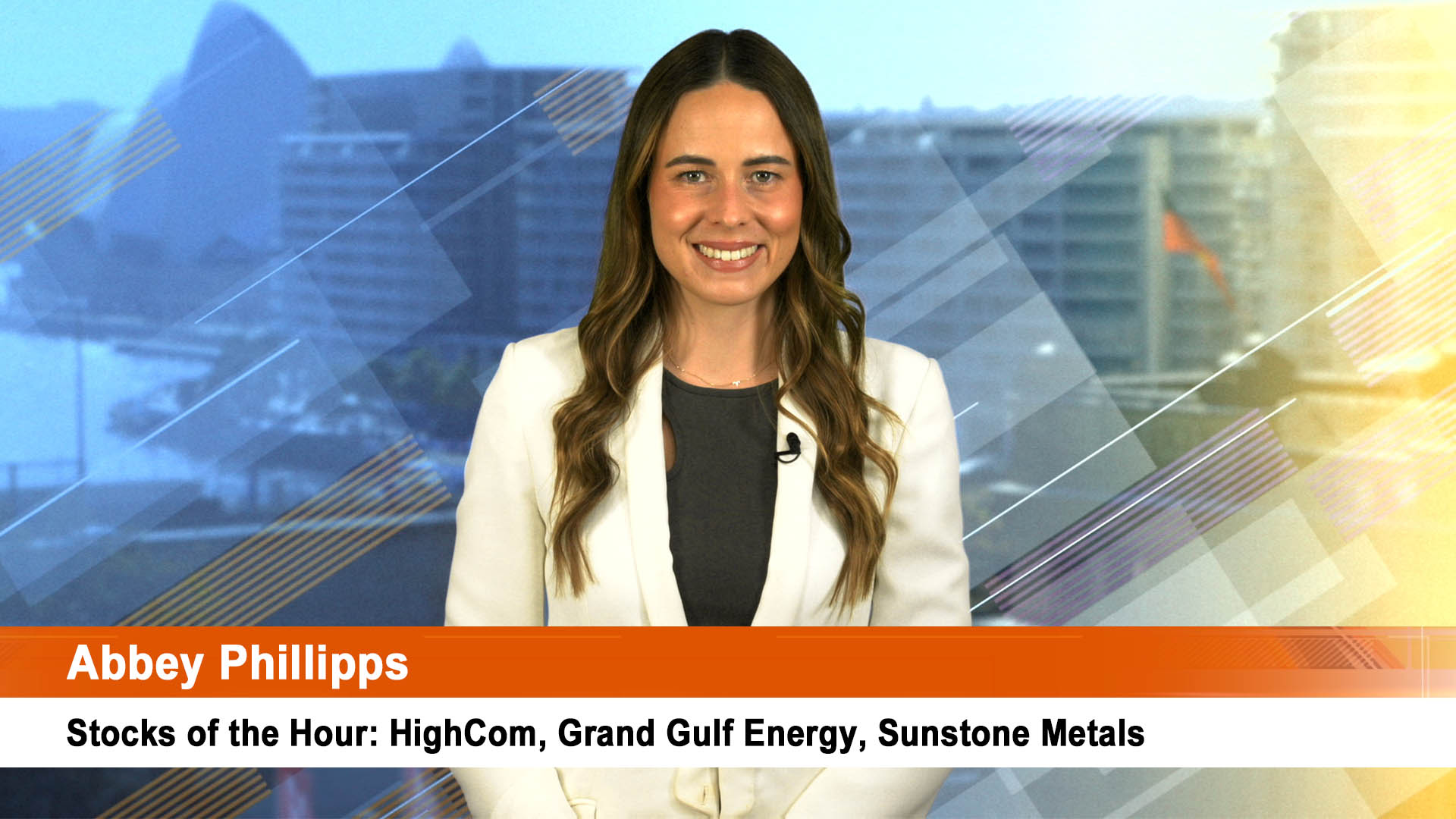The nervous nellies of OPEC have been flushed out into a meeting in Kuwait by the continuing weakness in global oil prices.
Representatives of five of the countries that signed up to the output agreement—Kuwait, Algeria, Venezuela, and non-OPEC nations Russia and Oman—met in Kuwait on Sunday to review the current level of compliance.
While most OPEC members are sticking to their pledges to make cuts, but data suggest not all non-OPEC producers are staying within their quotas, hence the weekend meeting to try and get some sort of informal approach to the issue.
Representatives of the various countries in the meeting made the right noises about cutting production and keeping it lower and several suggested the production cap could be extended if the global oil market remains weak.
Traders ignored this news on Friday – it is something they will focus on today and tonight, along with the fallout of the spectacular fail by President Trump on his healthcare policy.
That will make investors increasingly nervous that other big ticket item such as tax cuts and more spending on infrastructure won’t happen.
Before all that can happen, the Trump administration has to win Congressional approval for a lift in the US debt ceiling. After the healthcare loss, a win on this most important process is a not a given.
Oil prices finished slightly higher Friday, but suffered their third weekly loss in a month as US production and stocks continued to rise, along with the number of working oil rigs.
May West Texas Intermediate crude rose 27 cents, or 0.6%, to settle at $US47.97 a barrel in New York.
It hit intraday highs above $US48 early Friday following news that Saudi Arabia said it cut oil exports to the US in March 300,000 barrels a day in March, which seems to have been made up by domestic production and Canada.
For the week, May WTI oil futures saw a loss of about 1.7% for the April contract, which was the front month at the time. The new front month – May – shed 2.7% over the week.
In London, May Brent crude added 24 cents, or 0.5%, to $US50.80 a barrel—for a weekly loss of about 1.9%. The weekly report from oilfield services company Baker Hughes said on Friday showed the biggest weekly rise in active oil rigs in America this year with 21 being added to the rising number of rigs already in the field.
US drillers – mostly shale operators – have now added oil rigs every week this year barring one to bring the total operational rigs to 652, compared with 372 a year ago. It is also the highest level since September 2015.
Overall, the number of rigs drilling for oil and gas rose 20 (meaning one gas rig was taken out of service) for a total of 820 – up 345 from a year ago or more than 71%.
At the same time the level of US crude stocks jumped 5 million barrels to 533 million last week – the highest ever for this time (and more than making up for the piddling drop of 200,000 barrels or so the previous week which saw prices firm for a day or so).
As well, US production rose to 9.129 million barrels a day – well above a year ago. That’s up well over half a million barrels a day in the past nine months.
But gold rose, as did silver, but copper fell.
Comex gold prices finished higher in New York on Friday for a second weekly gain in a row as the US dollar touched its lowest level in about seven weeks.
April gold rose $US1.30, or 0.1%, to settle at $US1,248.50 an ounce, with the precious metal, up 1.5% over the week.
Meanwhile, Comex silver for May delivery, added 15.5 cents, or 0.9%, to end at $US17.748 an ounce, for a weekly gain of 1.9%.
Comex May copper fell 0.5% to $US2.631 a pound, down around 2.3% lower on the week.













